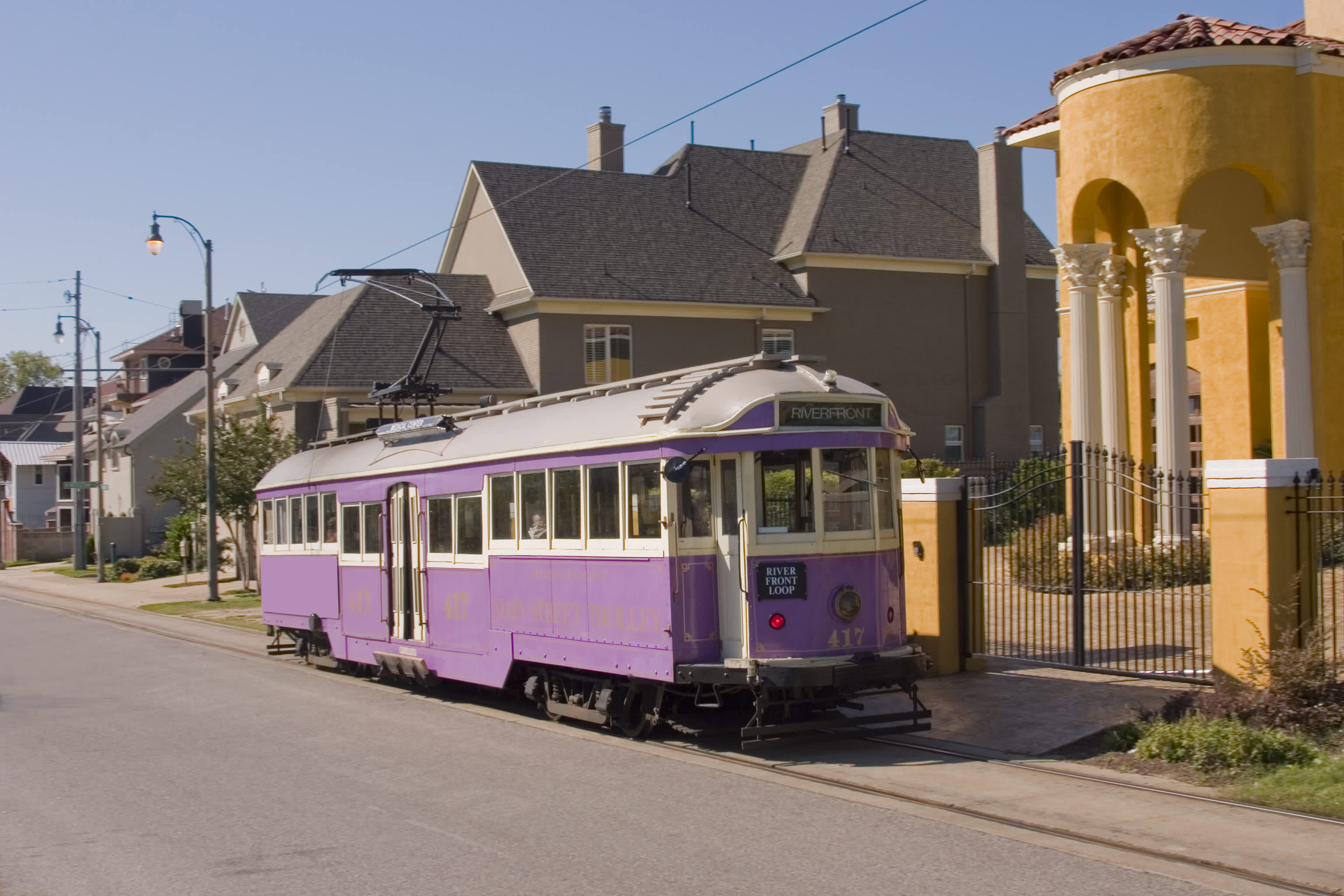
Homes in Memphis, Tennessee.
Getty Images
House rates are increasing across the nation, but the Covid pandemic is turning the typical geographical trends on their heads.
Home values have traditionally increased most sharply in large cities on the coasts, where supply is leaner and demand is stronger. That is no longer the case.
Smaller cosmopolitan markets like Pittsburgh, Cleveland, Cincinnati, Indianapolis, Kansas City, Boise, Idaho, Austin, Texas, and Memphis. Tennessee are seeing a few of the greatest price gains in the country now, according to the Federal Housing Finance Firm. Costs in those cities are now at least 10%greater than with a year previously.
These have all been traditionally more economical markets, and markets that typically have more stock of houses available for sale. That makes the unexpectedly strong rate development in the middle of the country that much more striking.
Much of it is likely to do with the brand-new capability to work from anywhere due to the coronavirus. Individuals are leaving larger more costly urbane markets and heading to less expensive markets where they can get more area and land for their cash.
” Although the complete history of the pandemic’s effect on housing costs is yet to be written, the information from the last numerous months are consistent with the view that Covid has motivated possible purchasers to move from city apartments to rural houses,” said Craig Lazzara, managing director at S&P Dow Jones Indices.
Cleveland, Ohio
Henryk Sadura|Flickr|Getty Images
Nationally, house prices rose an impressive 8.4%in October from a year earlier on the S&P Case Shiller Index. That’s up from a 7%gain just the month previously and is the biggest one-month relocation in over a decade.
Typically more affordable markets are ending up being less cost effective as prices rise quicker. At the end of 2020, the median price of homes in just over half the counties in the nation (55%) was considered less budget-friendly to the typical wage earner than they have actually been traditionally, according to Attom Data Solutions. That is a substantially bigger share than a year back– pre-pandemic.
” These cost gains are completely balancing out the benefit of lower mortgage rates and it takes even more to come up with a down payment which is a big offer for that first time buyer, less so for others,” said Peter Boockvar, managing director with Bleakley Advisory Group. “Another of the Fed’s unintended effect of harming those that are least able to afford it.”
Home loan rates set more than a lots record lows in 2020, sustaining the need for housing. They also fanned rates higher by giving purchasers more acquiring power. Rates are not anticipated to rise meaningfully this year, however their benefit is currently far less than it was as costs keep increasing.
” These aspects appear likely to remain in place in the near term, and an incrementally enhancing economy ought to encourage more buyers to go into the marketplace,” stated Matthew Speakman, an economist with Zillow. “Taken together, this torrid pace of house cost gratitude appears primed to continue well into 2021.”
No comments:
Post a Comment